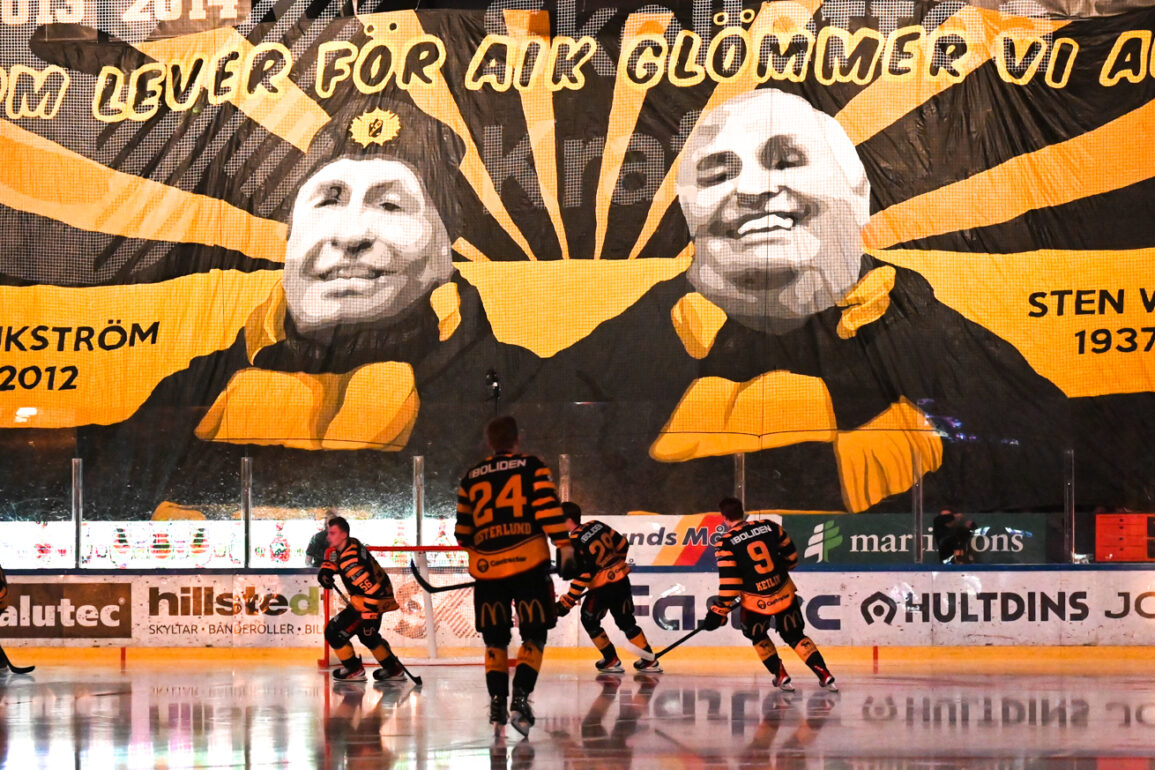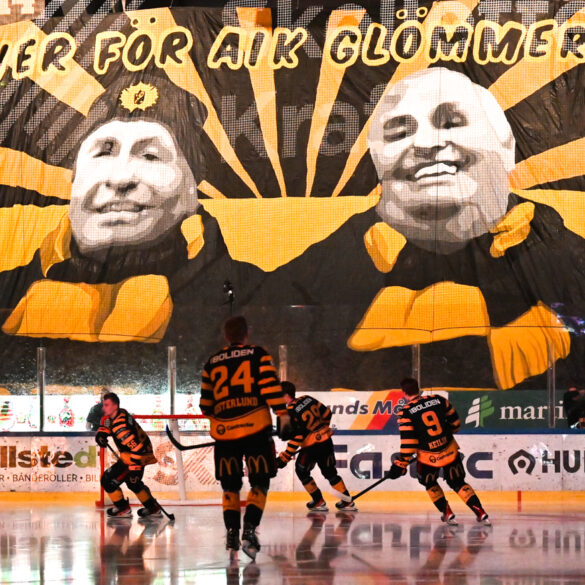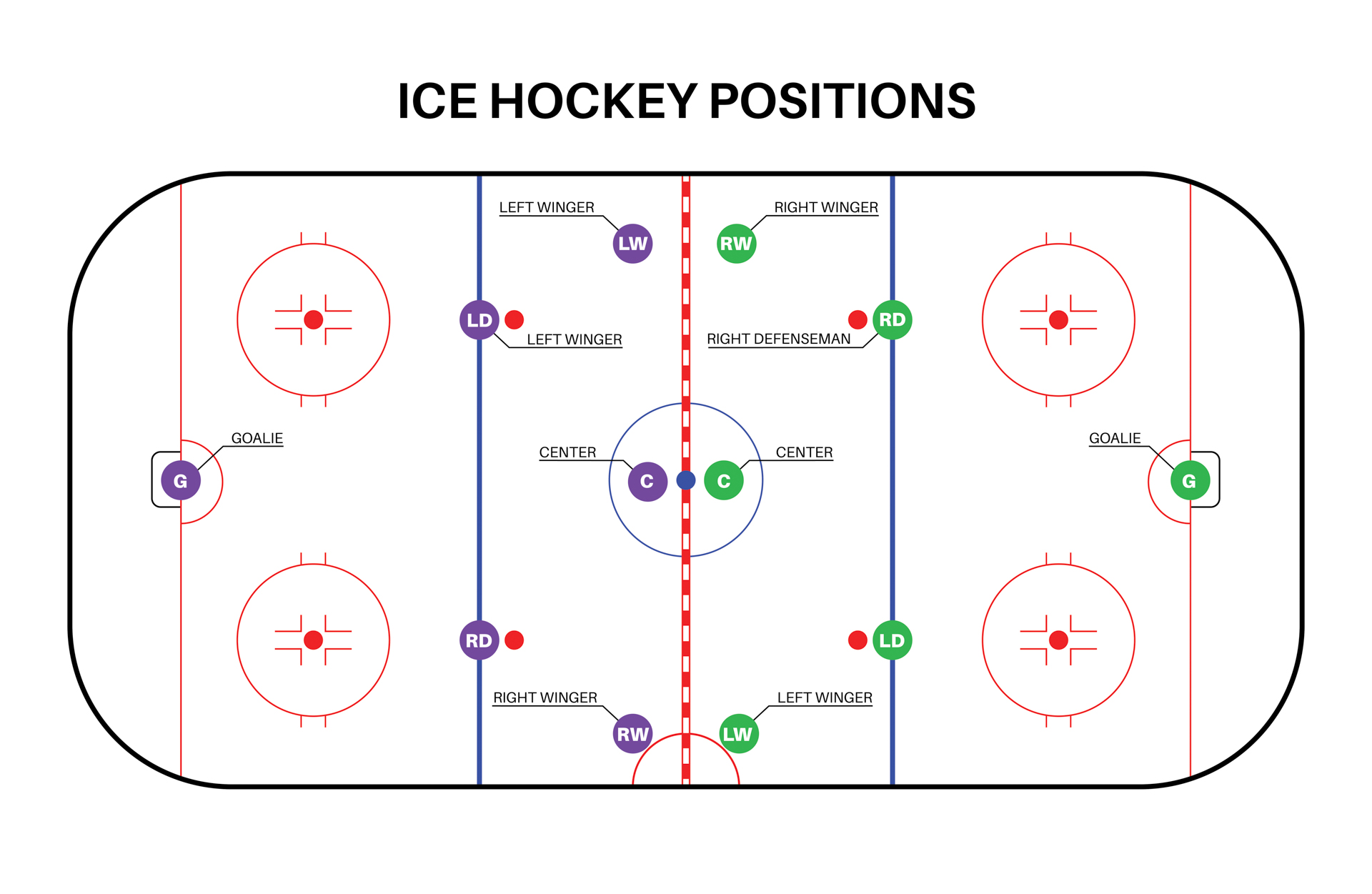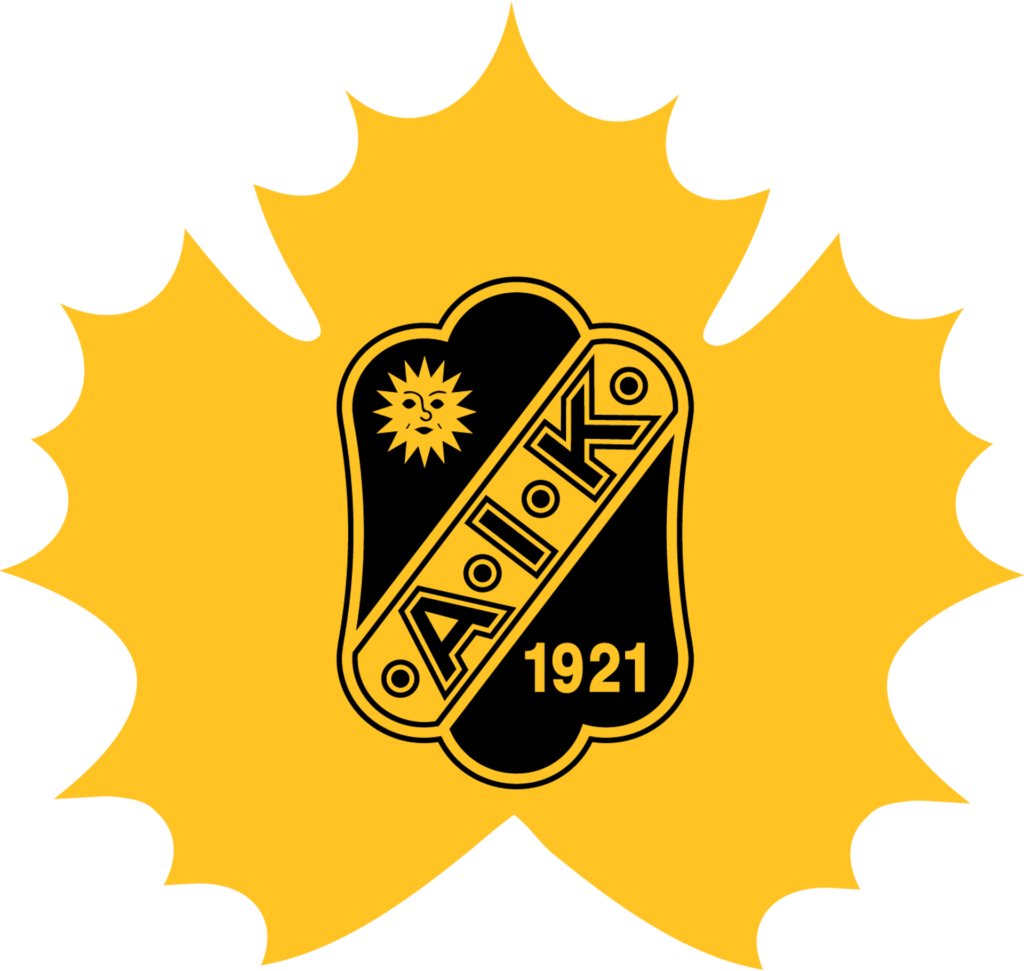Object of the sport
The aim of ice hockey is to score more goals than the opposition by hitting the puck into the opposition’s goal. A goal is scored only if all of the puck crosses the goal line.
It’s against the rules to kick the puck across the line, so players must use their stick to hit the puck when it’s in contact with the ice in order to score.
However, deflections off other players — including the goalie (also known as the goaltender) — also count as legitimate goals. If the game is tied after regulation time (or after full-time, using football terminology) a five-minute three-on-three sudden death overtime period is played.
If a game still is tied after the overtime period, a shootout decides the game. In a shootout, the team that scores the most penalty shots out of three attempts wins the game.
However, in the end-of-season play-offs, an unlimited number of sudden-death 20 minute five-on-five periods are played until one team scores.
Matches are played in three 20 minute periods, with an intermission of a maximum of 18 minutes between periods. The clock is stopped every time play stops, which means every second is crucial. A goal can be scored in a second.
Teams in ice hockey
Each team can have a maximum number of 20 players, including two goaltenders — although only six players from each team can be on the ice at any one time. There is an unlimited number of substitutions, which means the team usually comprises of 2 or 3 lines of 5 players and a spare goalie. Each Line will be on the ice for no less than 45 secs and no more than 90 secs, such is the pace of the game and the effort exerted by the players. Substitutions can be made at any point during the game.
The ice is marked with a series of red and blue lines. The red (center) line divides the ice into two halves, while the blue lines separate the ice into three equal areas: a defending zone, a neutral zone and an attacking zone.
Face-offs
Face-offs are used to start periods of play and to restart play after a stoppage. A face-off involves two opposing players standing facing each other and the official dropping the puck between them. The two players then battle for the puck. Rules of ice hockey
There are two basic rules in ice hockey:
Offside: If an attacking player enters the opposition’s defending zone (marked by the blue line) ahead of the puck, then he or she will be called offside. If this happens, play will be halted and a face-off will take place in the neutral zone.
Icing: ‘Icing’ refers to a player hitting the puck from his or her own half past the opposing team’s goal line without it deflecting off or coming into contact with another player (including a goaltender). If this happens, play will be halted and the puck will be returned to where the pass was struck.
Physical contact
Contact from the front and side is fine, but checking from behind will usually result in a penalty.
